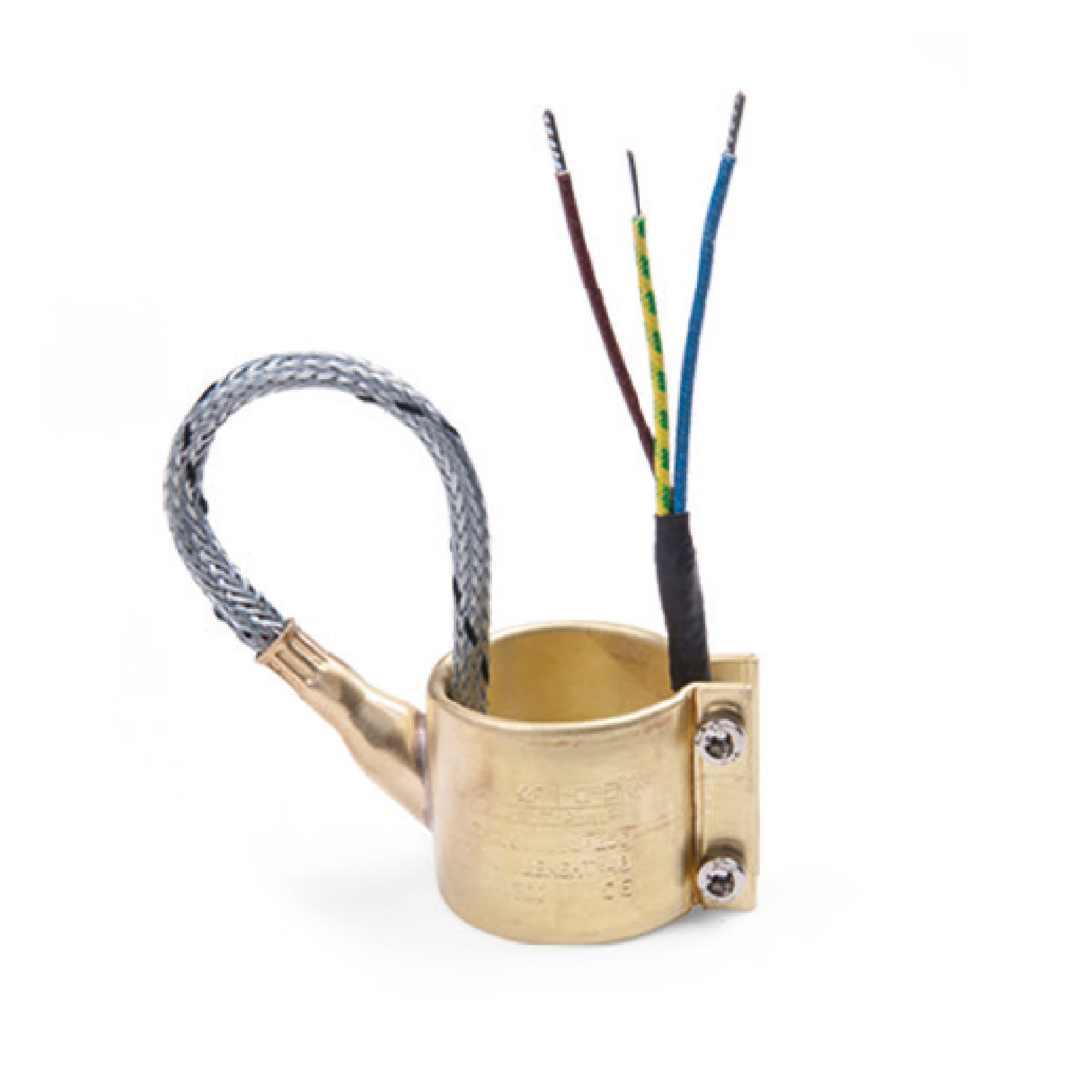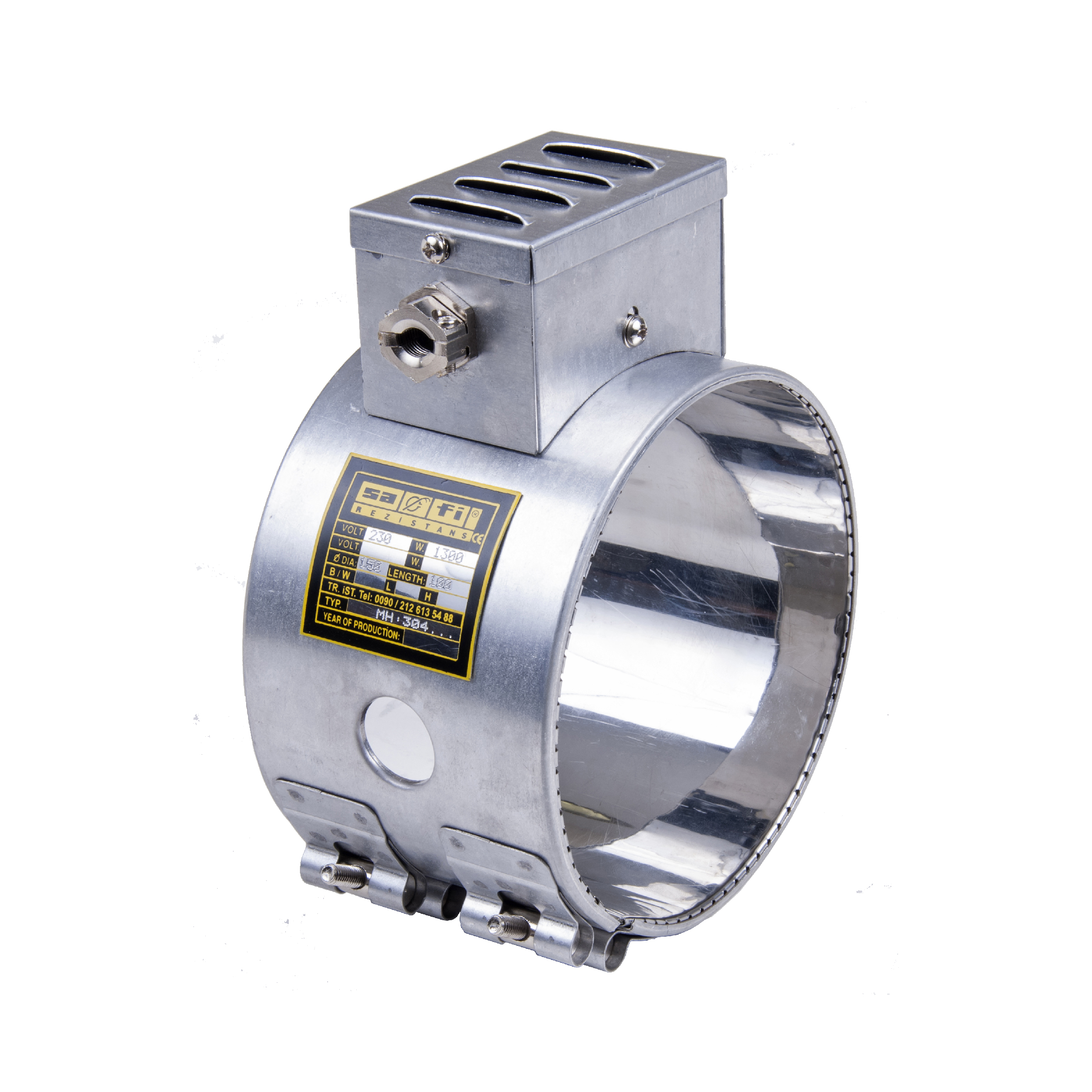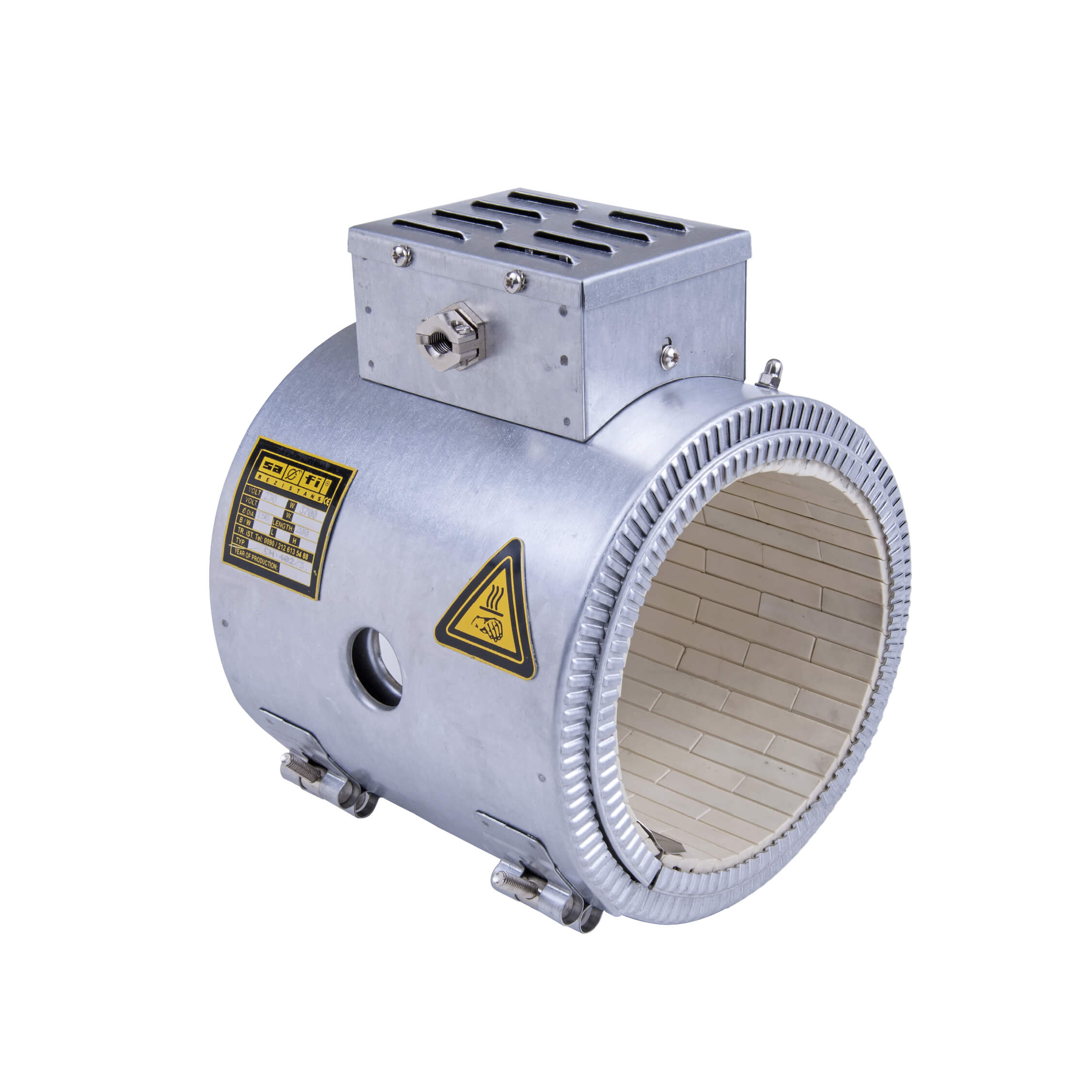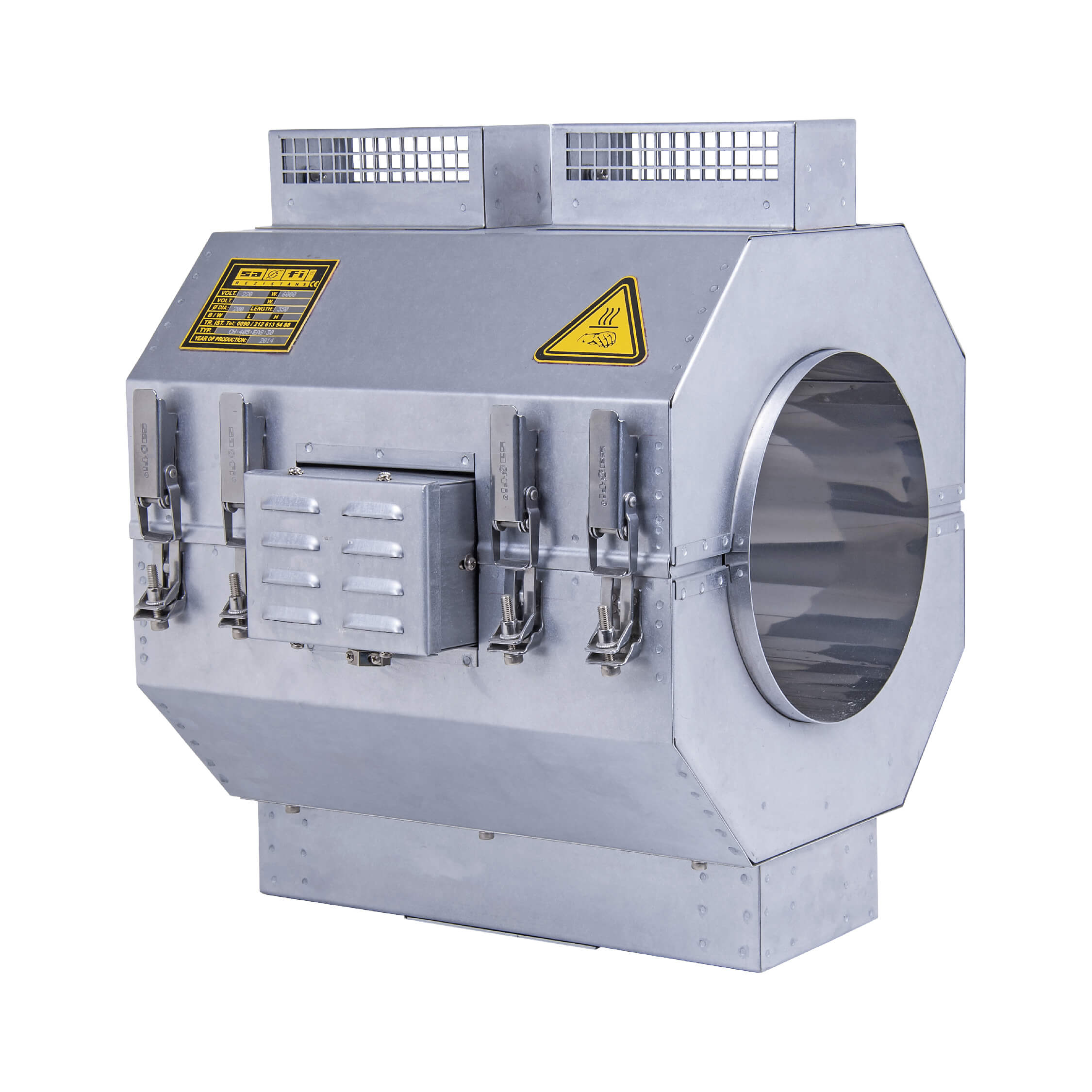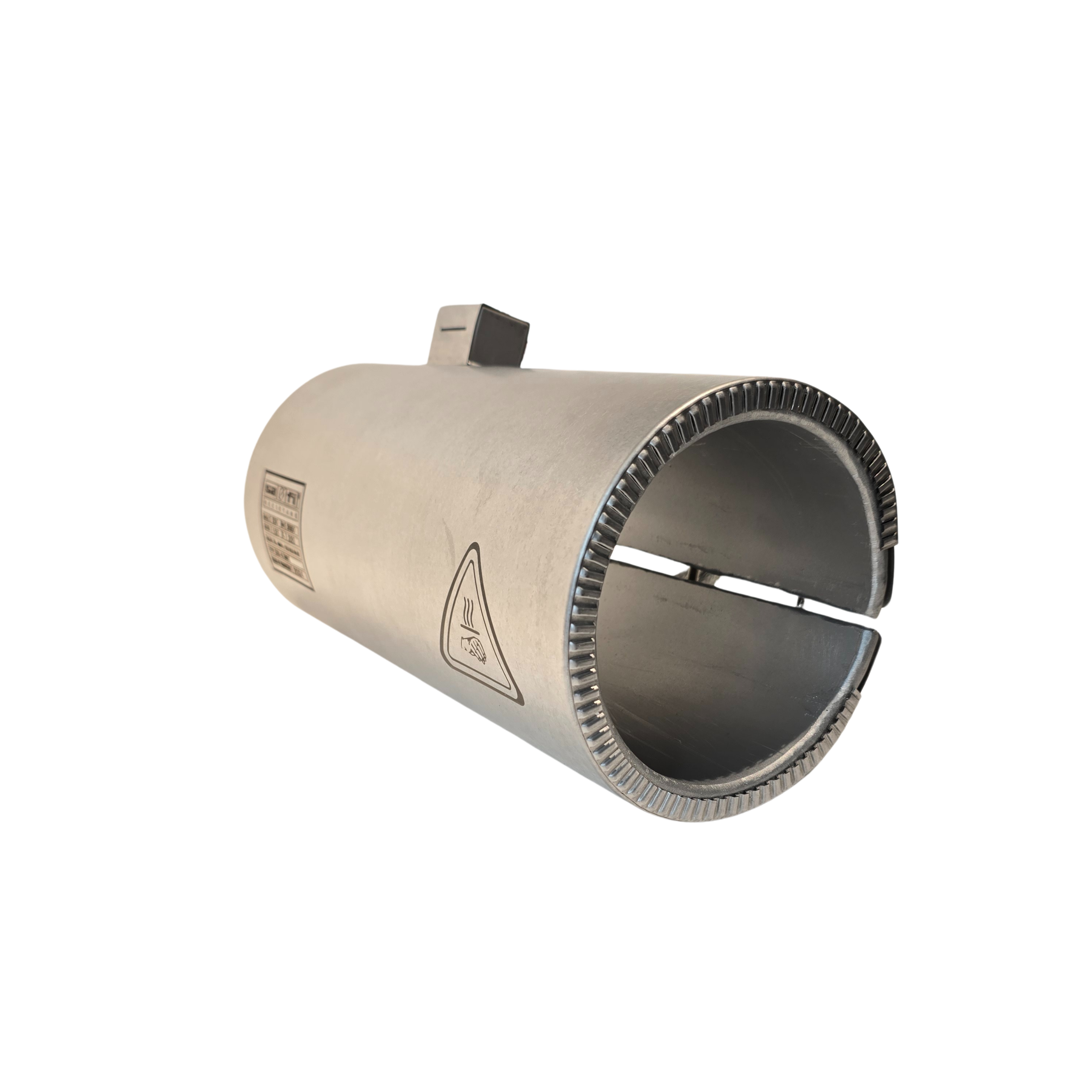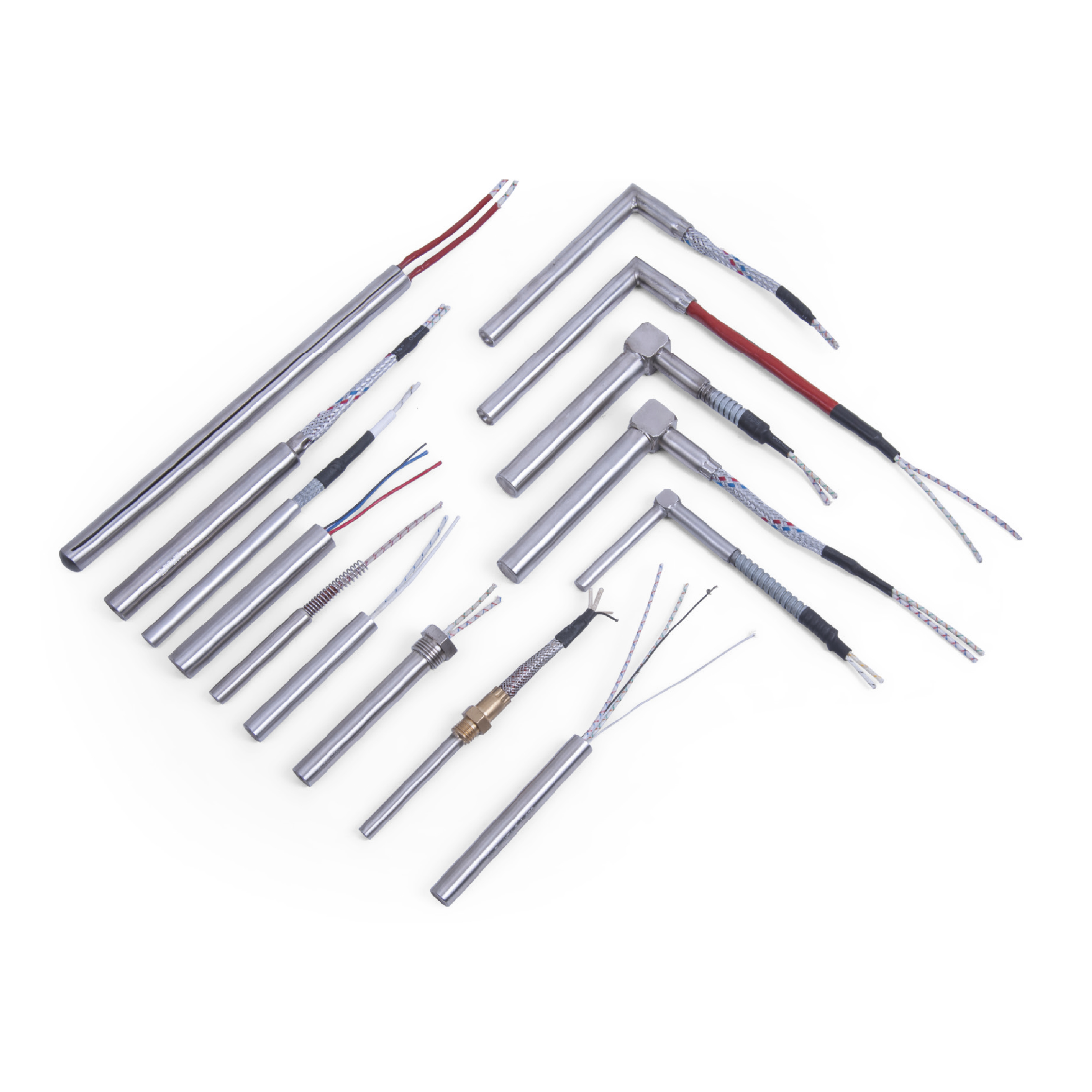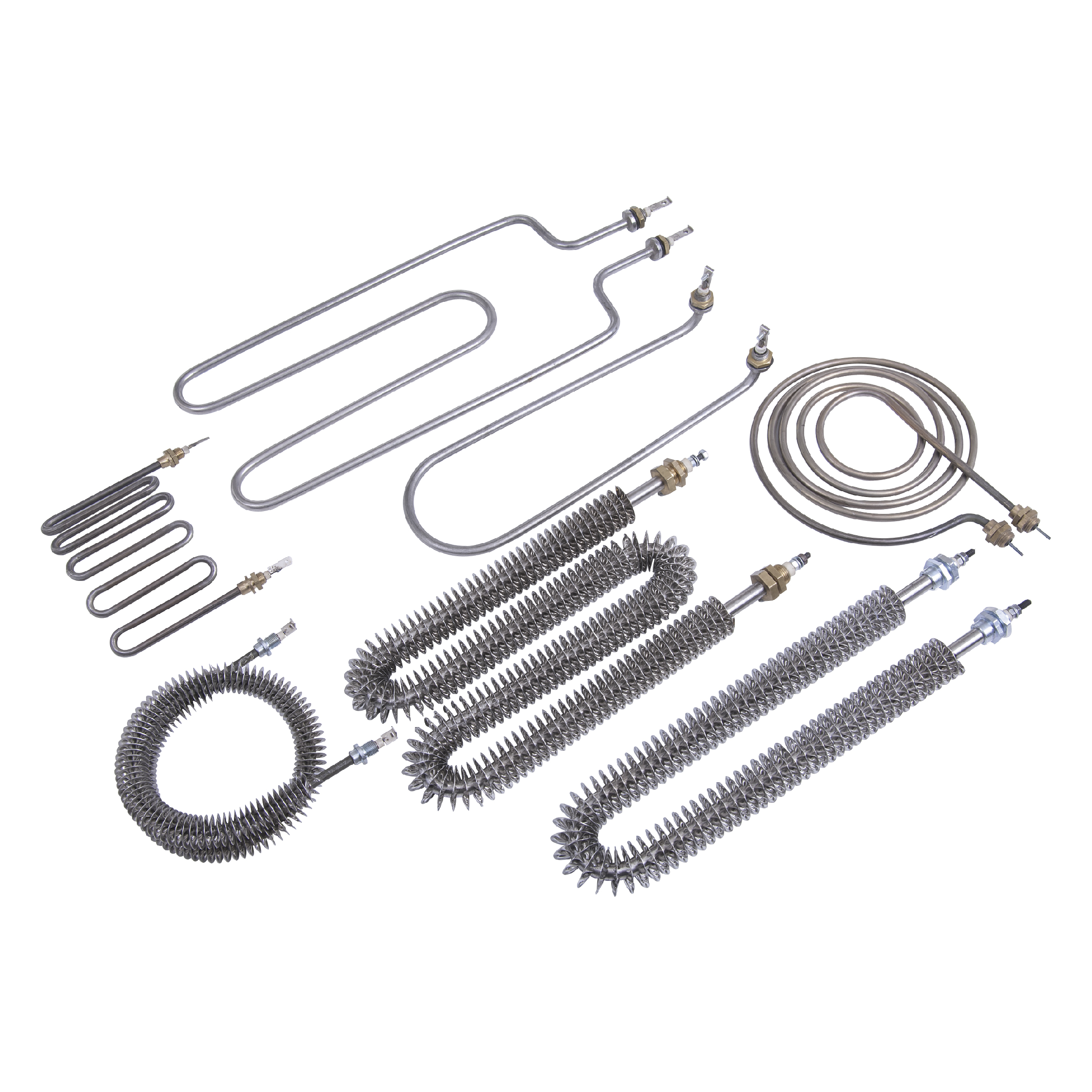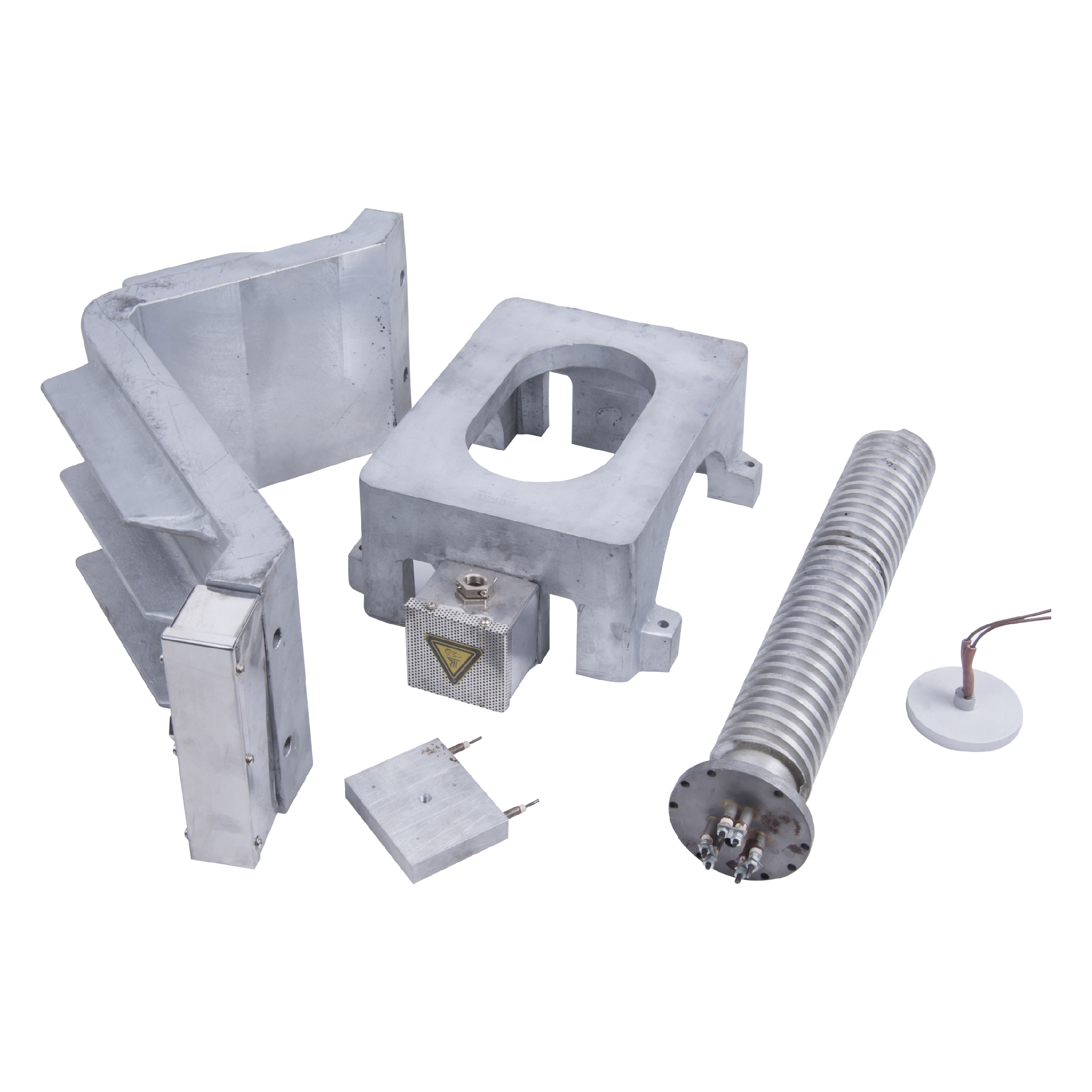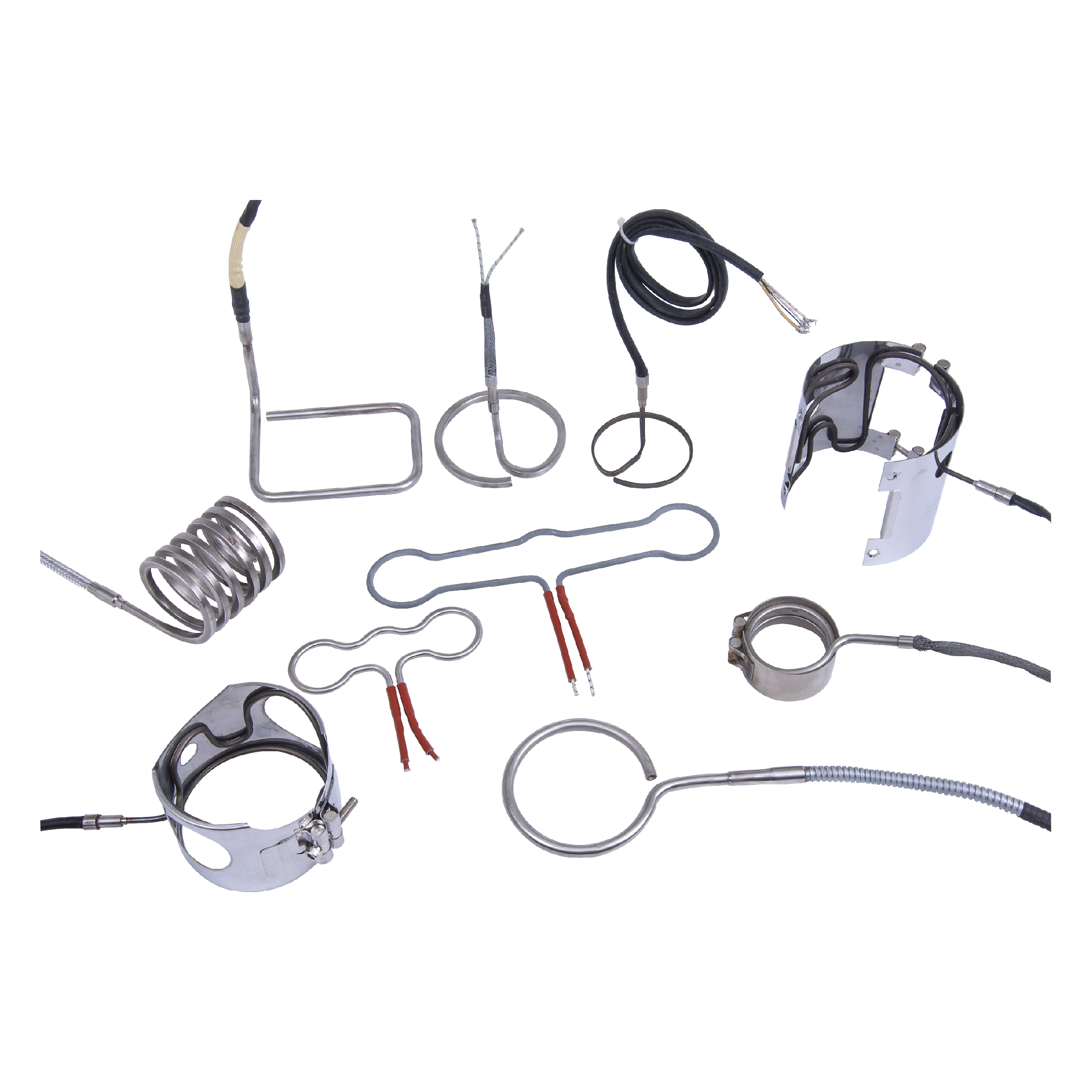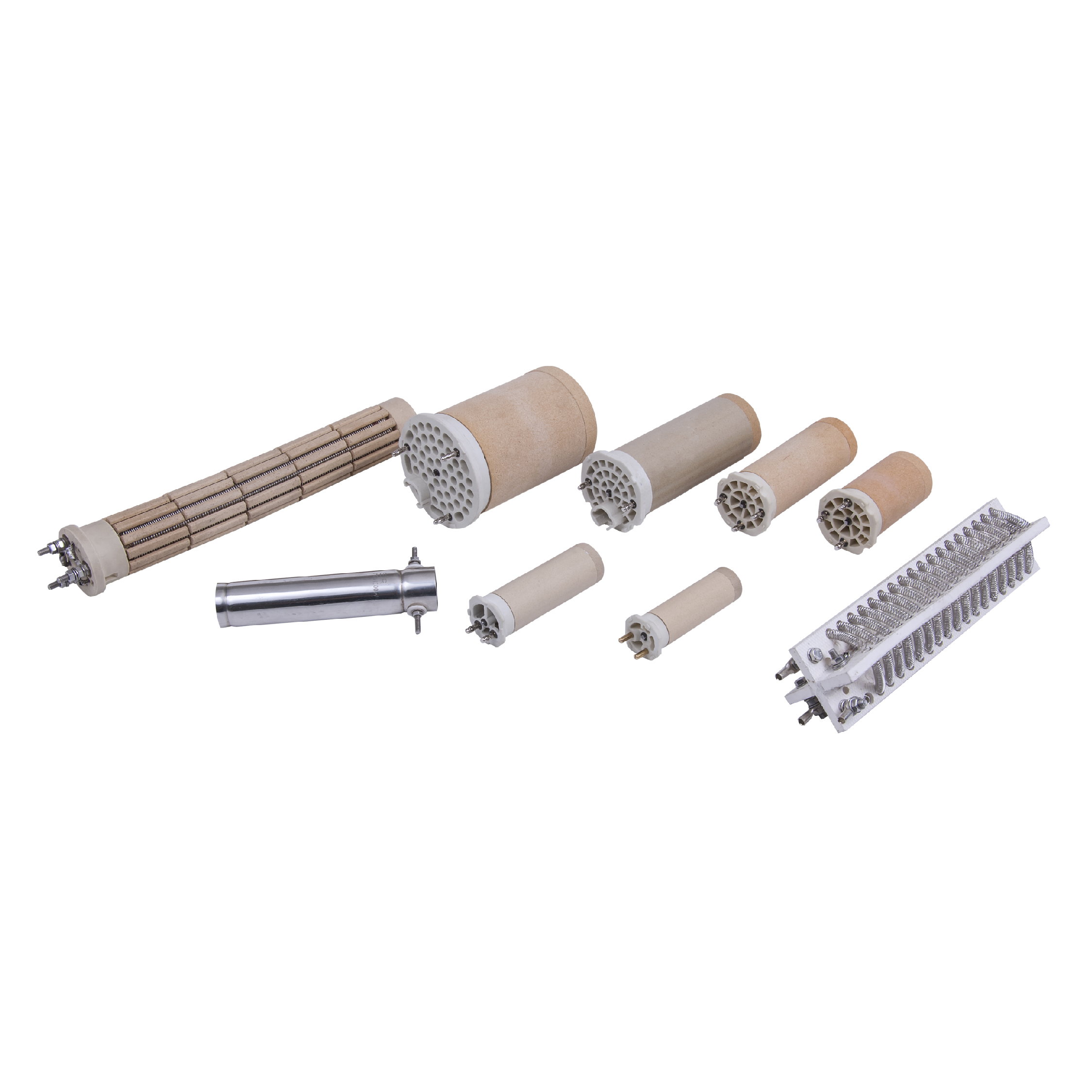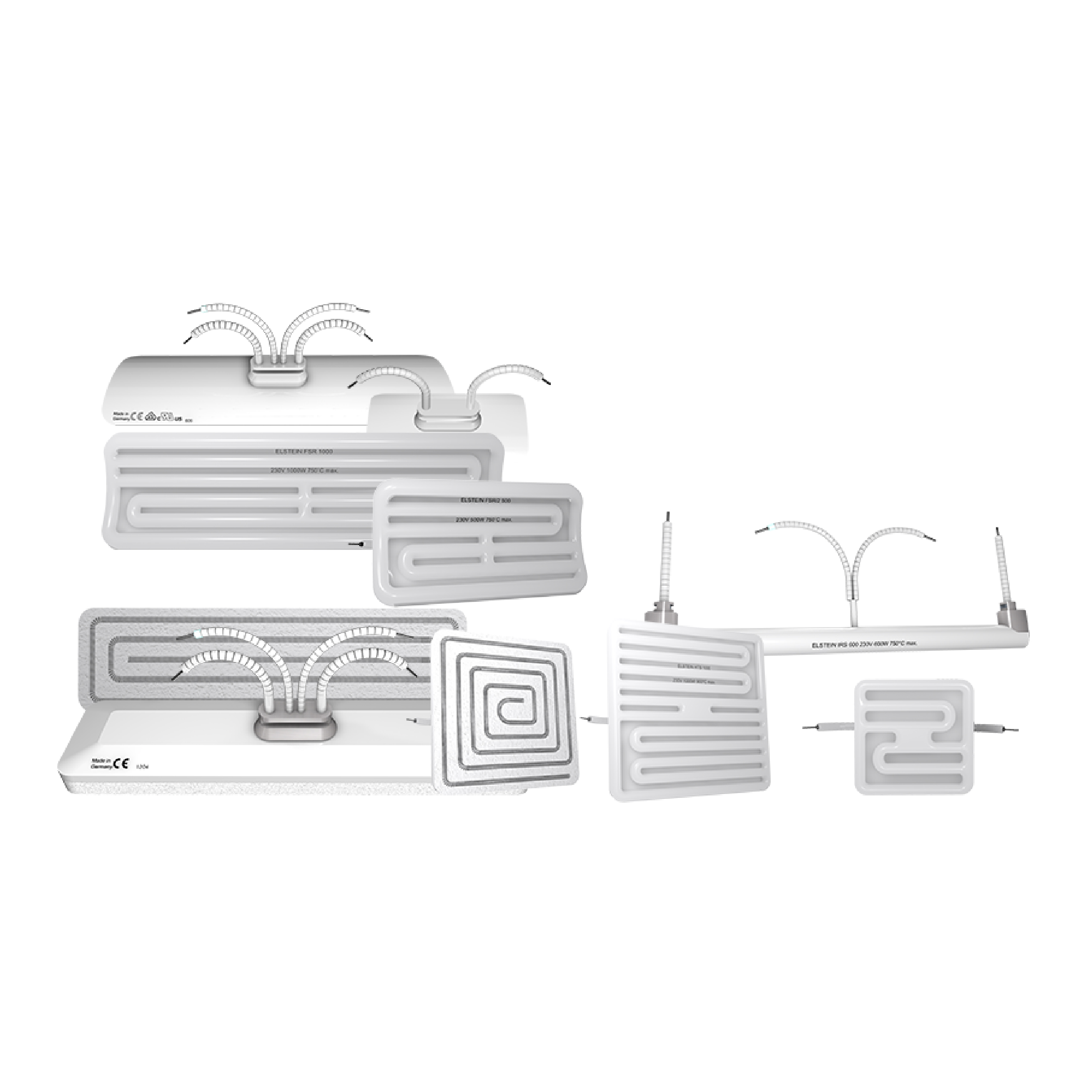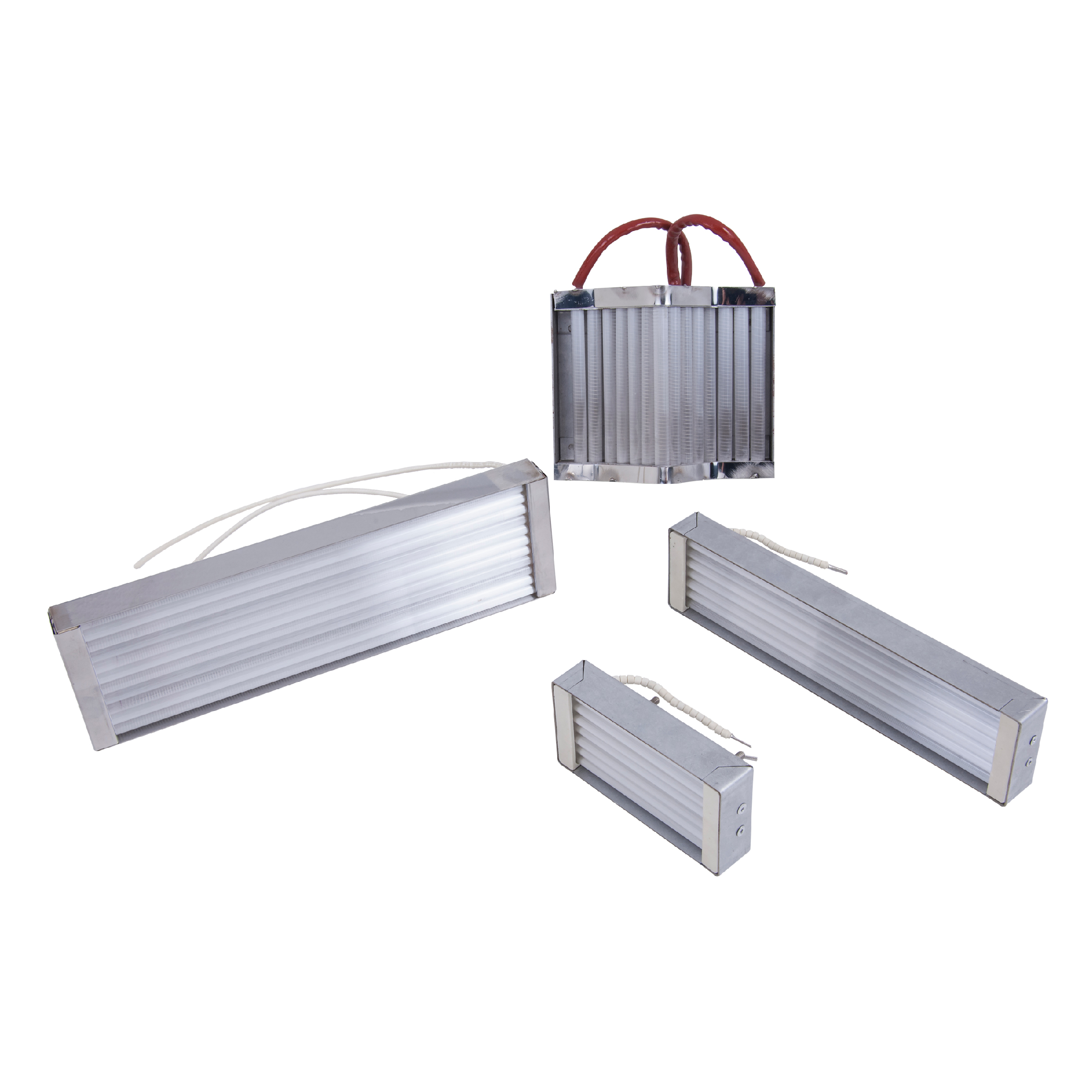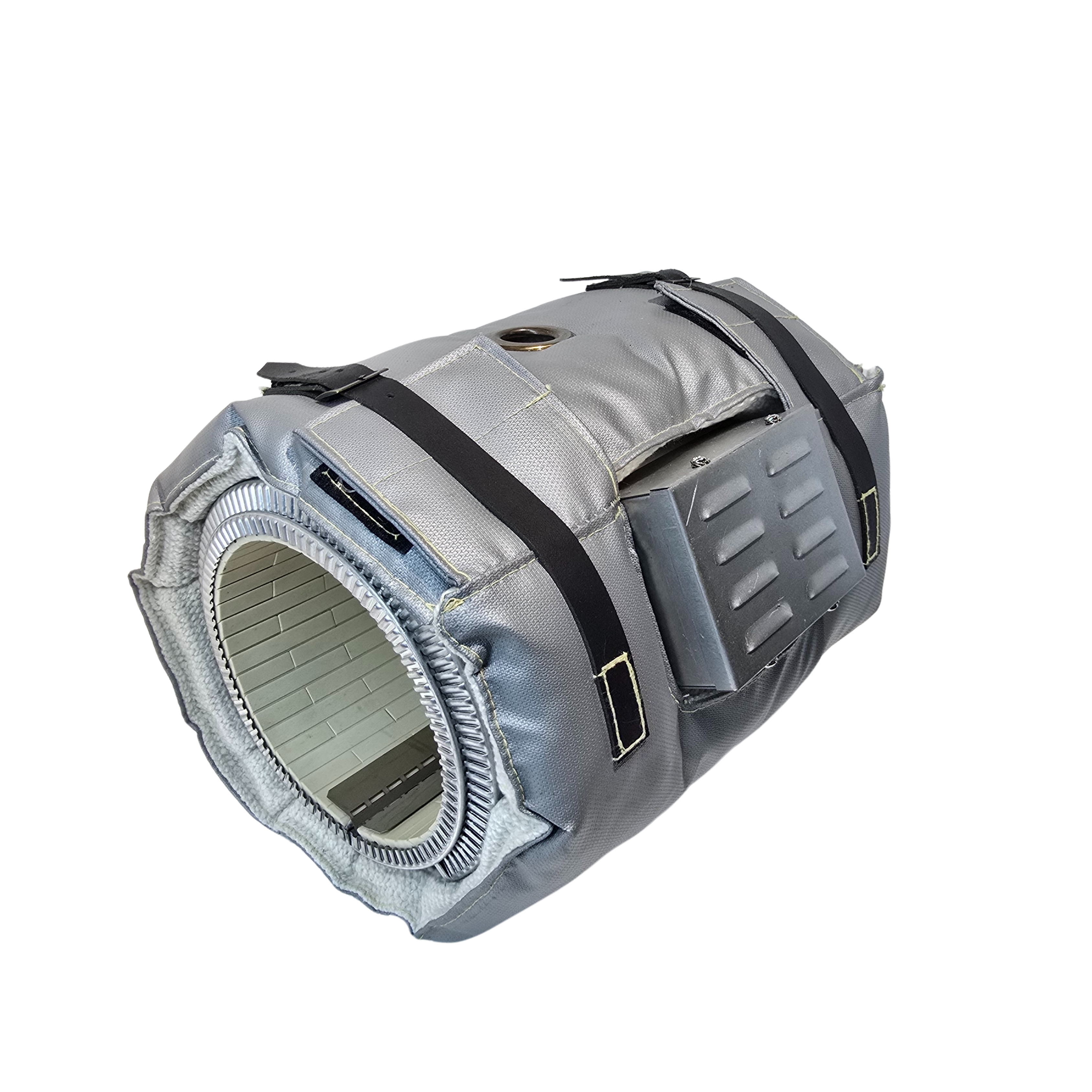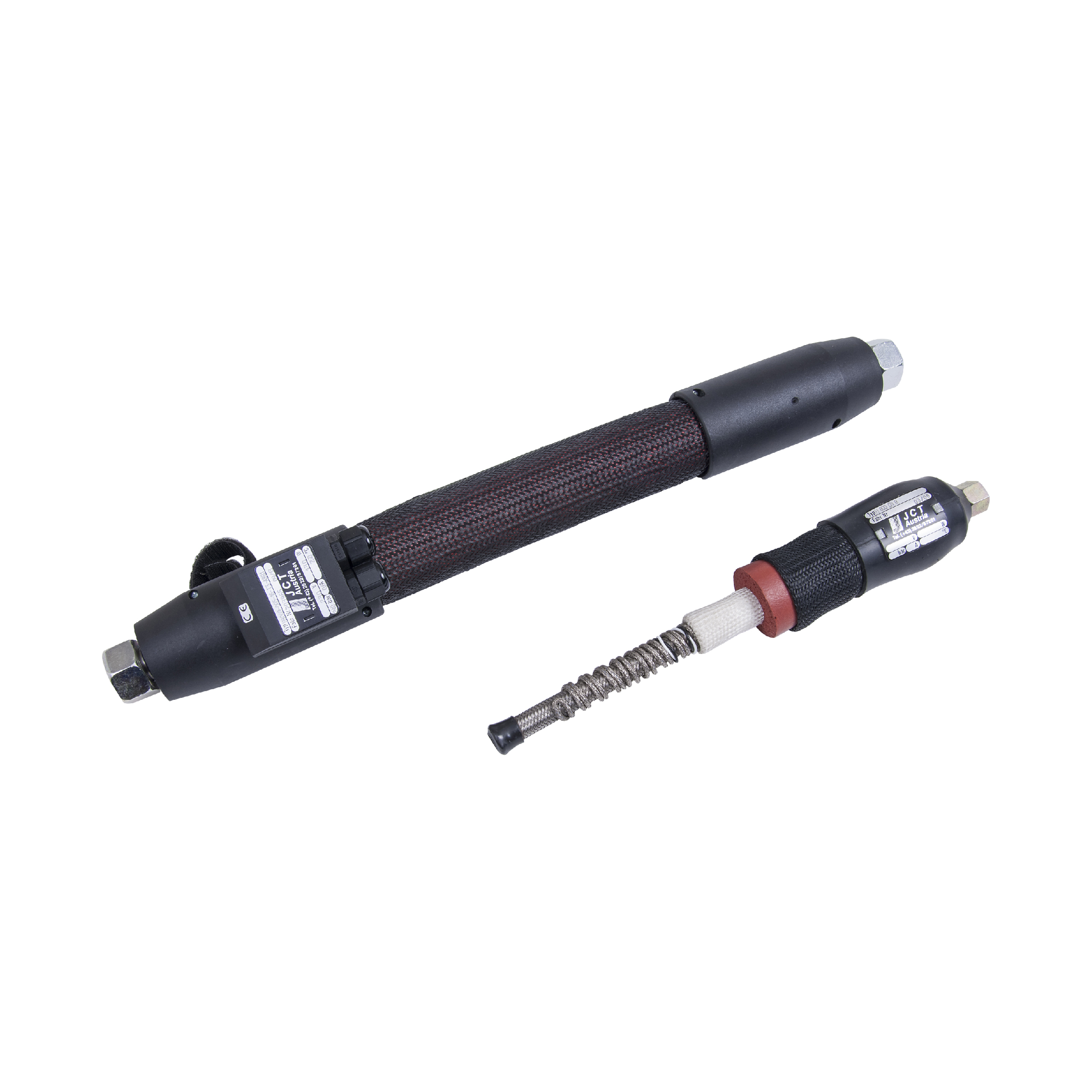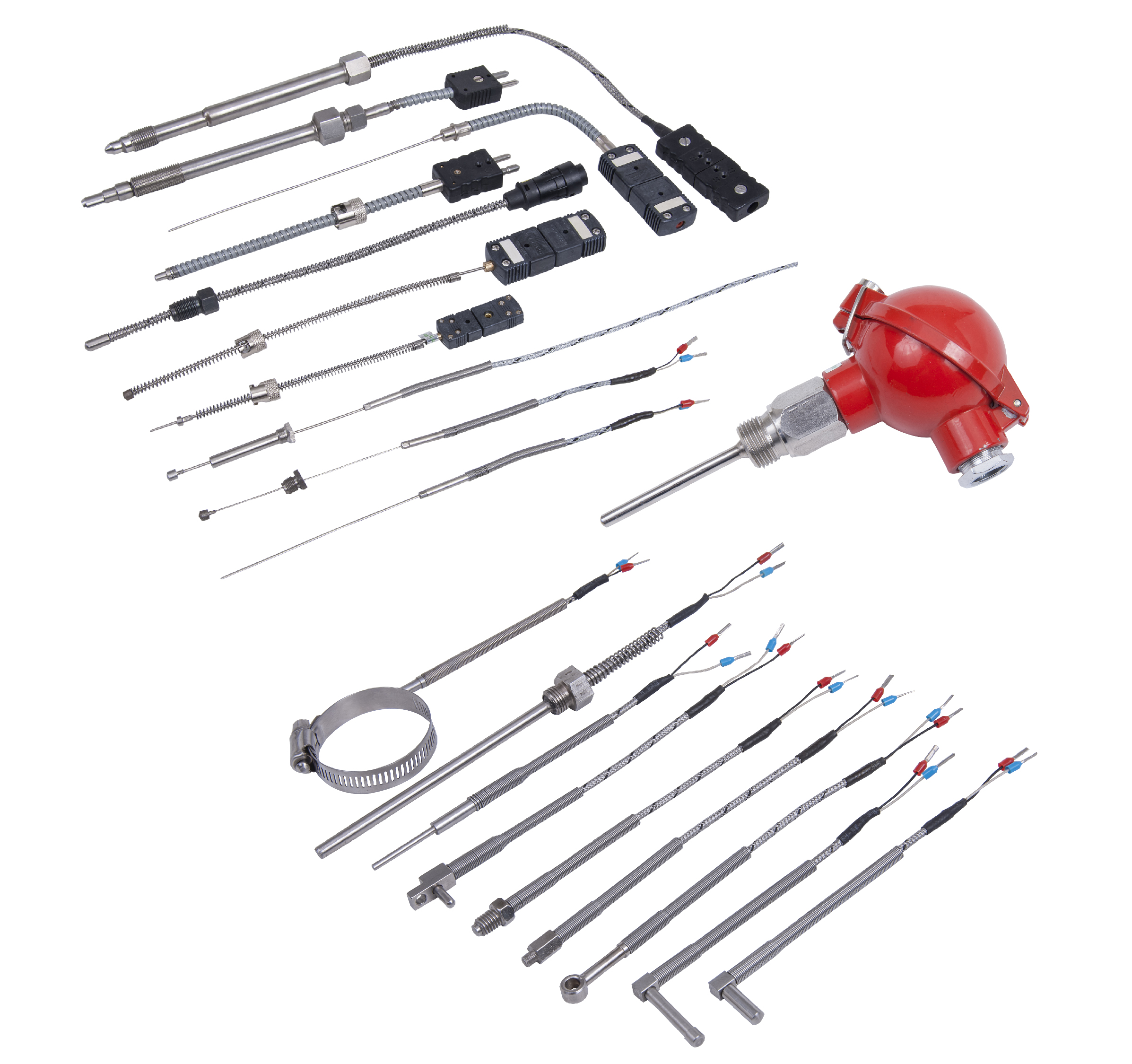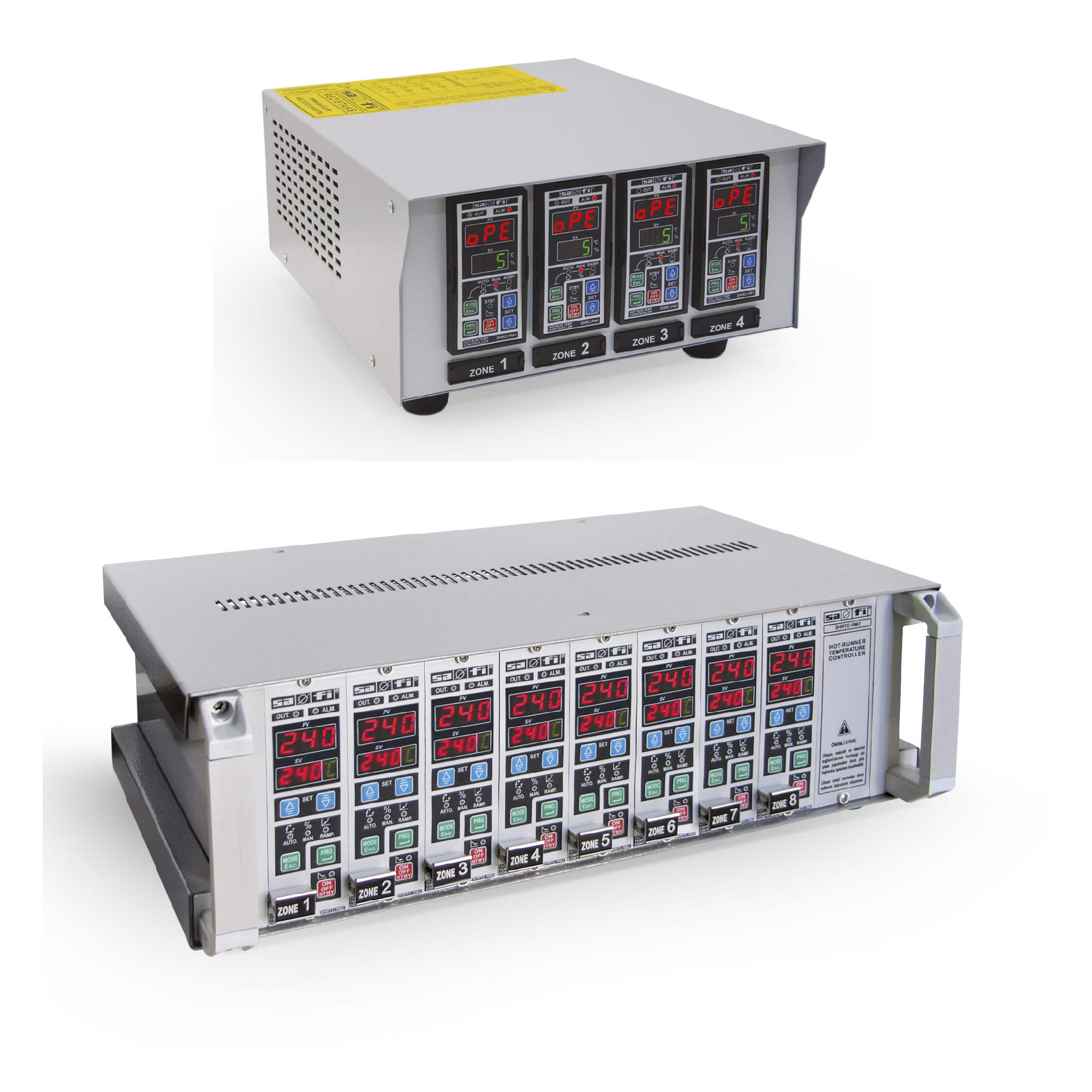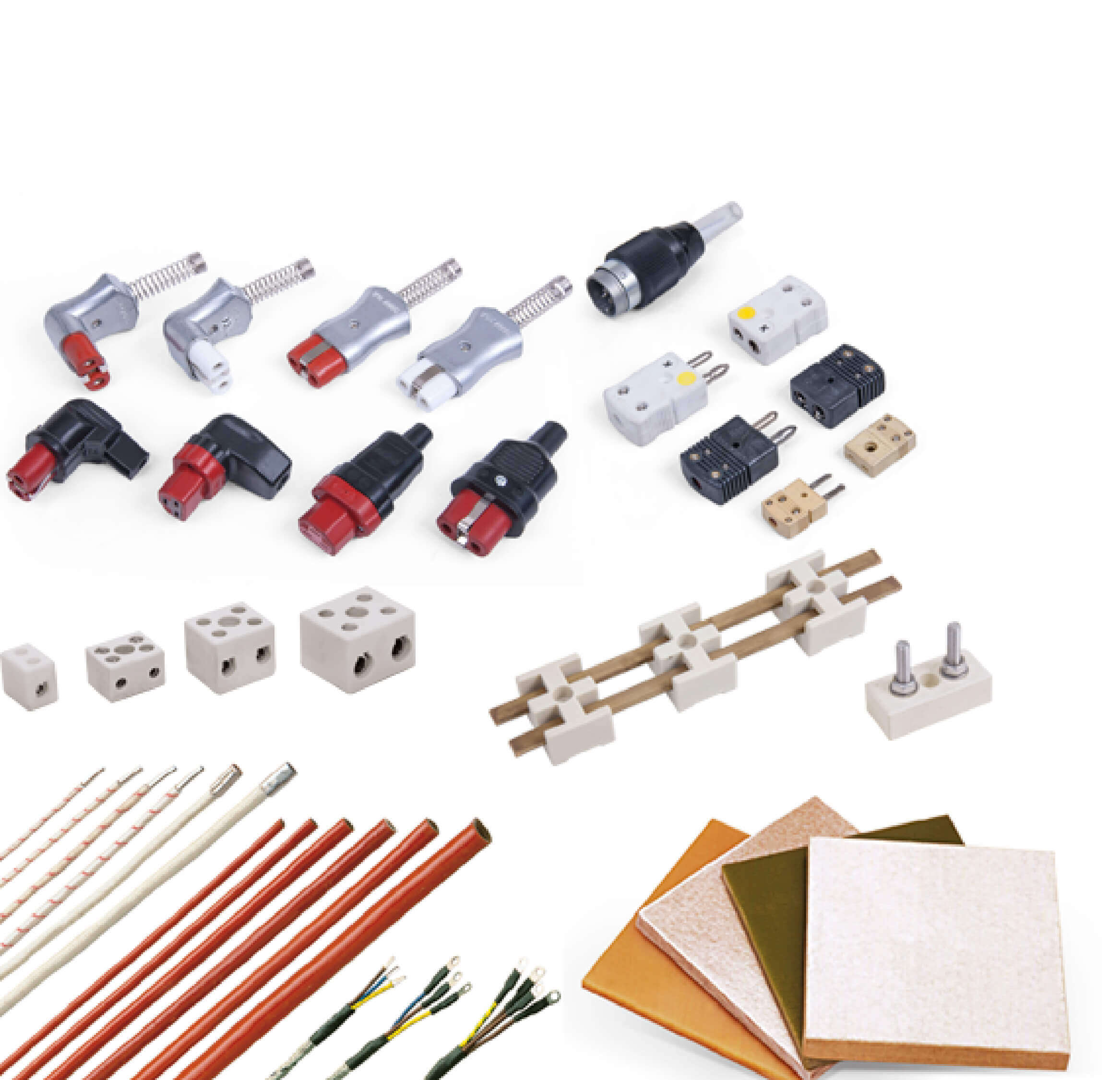Band Heater Usage: Differences Between Mica and Ceramic Models
Band heaters are heating elements used to warm cylindrical surfaces from the outside. They are clamped around nozzles, barrels, and pipes to provide consistent heating in plastic processing, packaging, and various industrial systems. However, not all band heaters are the same. In this article, we’ll compare mica band heaters and ceramic band heaters, and explain their advantages and applications.
What is a Band Heater?
It is a cylindrical heating element designed to wrap tightly around round surfaces. Electricity passes through a resistive wire inside, which is insulated by either mica sheets or ceramic rings, converting power into heat.
Differences Between Mica and Ceramic Band Heaters
| Feature | Mica Band Heater | Ceramic Band Heater |
|---|---|---|
| Temperature Range | 250°C – 350°C | 400°C – 800°C |
| Insulation Material | Mica sheets | Ceramic rings |
| Energy Efficiency | Moderate | High |
| Cost | More economical | More expensive |
| Application | Smaller machines, moderate heat | High-temperature industrial systems |
Where Are Band Heaters Used?
Band heater applications vary depending on the model type:
1. Plastic Injection and Extrusion
Mica band heaters are used for quick heating, while ceramic models provide long-lasting performance on barrels and nozzles.
2. Packaging and Filling Equipment
Compact mica heaters offer fast heat-up time and easy replacement in packaging lines.
3. Chemical and Food Processing
Ceramic band heaters are suitable for hygienic and high-temperature environments where long-term durability is essential.
4. Automotive and Appliance Manufacturing
Used for even surface heating of dies, molds, and specialized tools.
How to Select the Right Band Heater?
- Identify the required temperature: Use ceramic for >350°C.
- Consider energy consumption for long production cycles.
- Use mica models for short, repetitive heating tasks.
- Ensure correct diameter, voltage, and wire orientation.
Which Type Should You Use?
Mica band heaters are ideal for budget-friendly, quick-heating tasks. In contrast, ceramic band heaters are preferred for high-temperature, energy-efficient, and long-duration processes.
Choosing the right band heater depends on your process requirements. Understanding the differences between mica and ceramic band heaters allows manufacturers to enhance energy savings, equipment life, and production efficiency.

